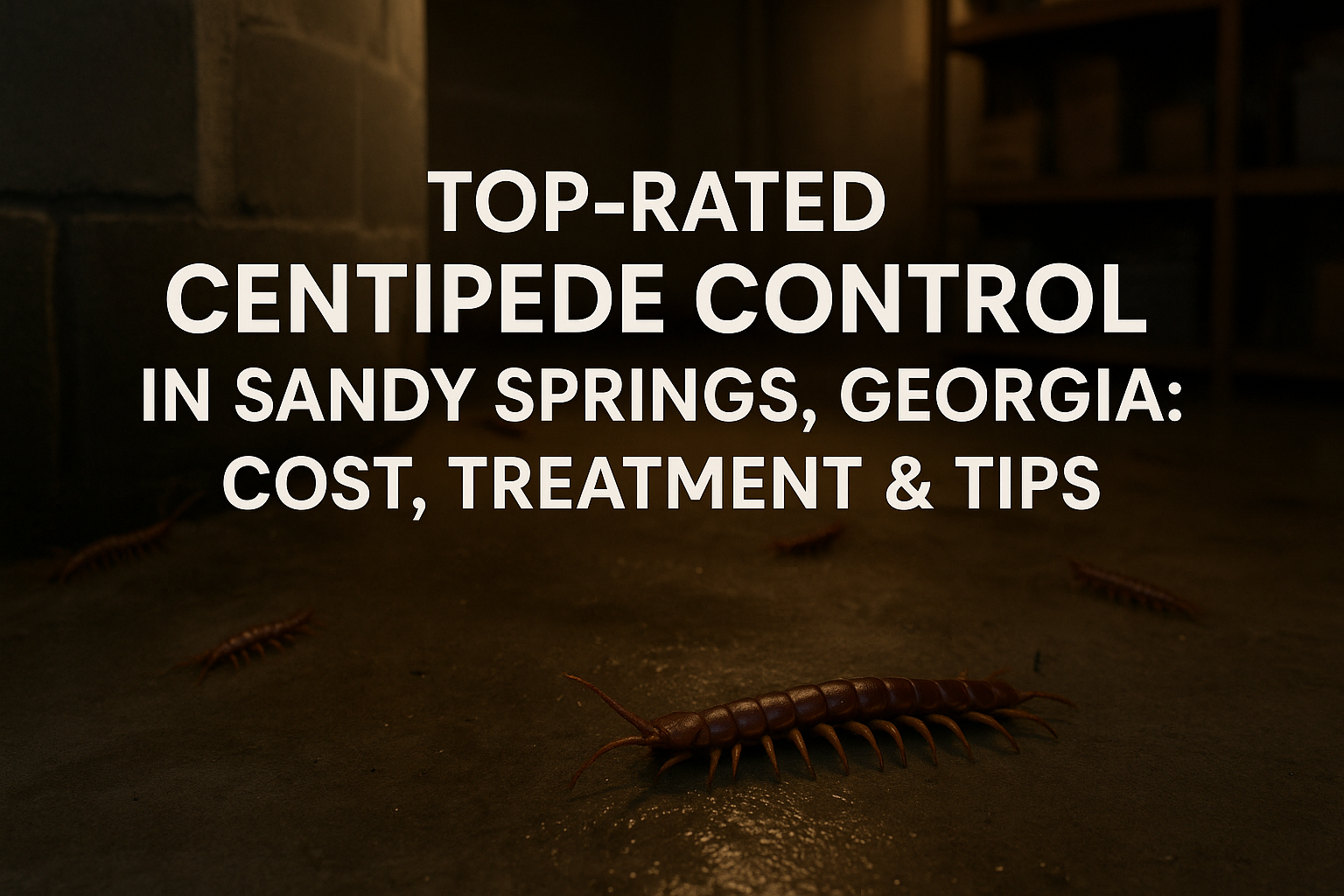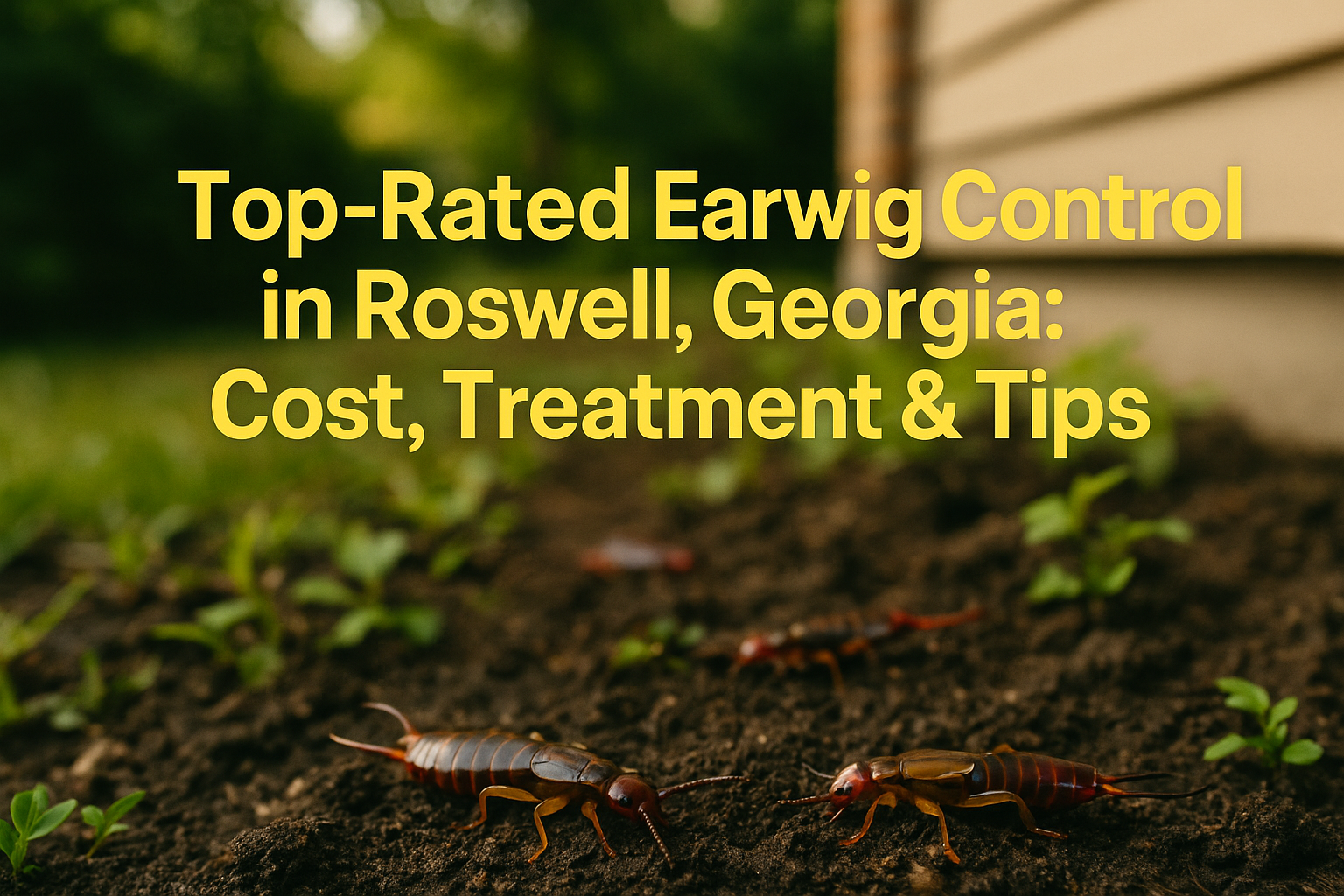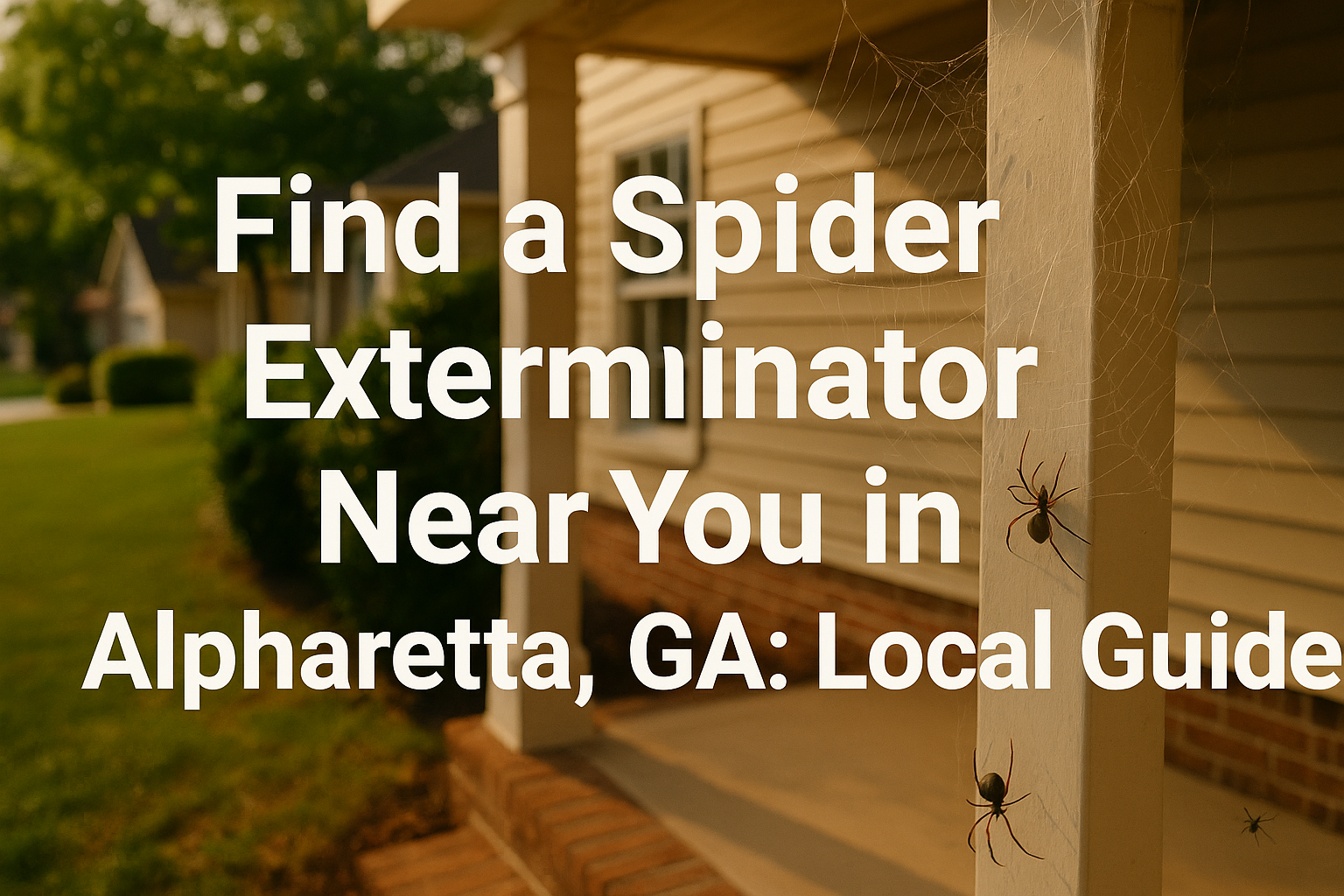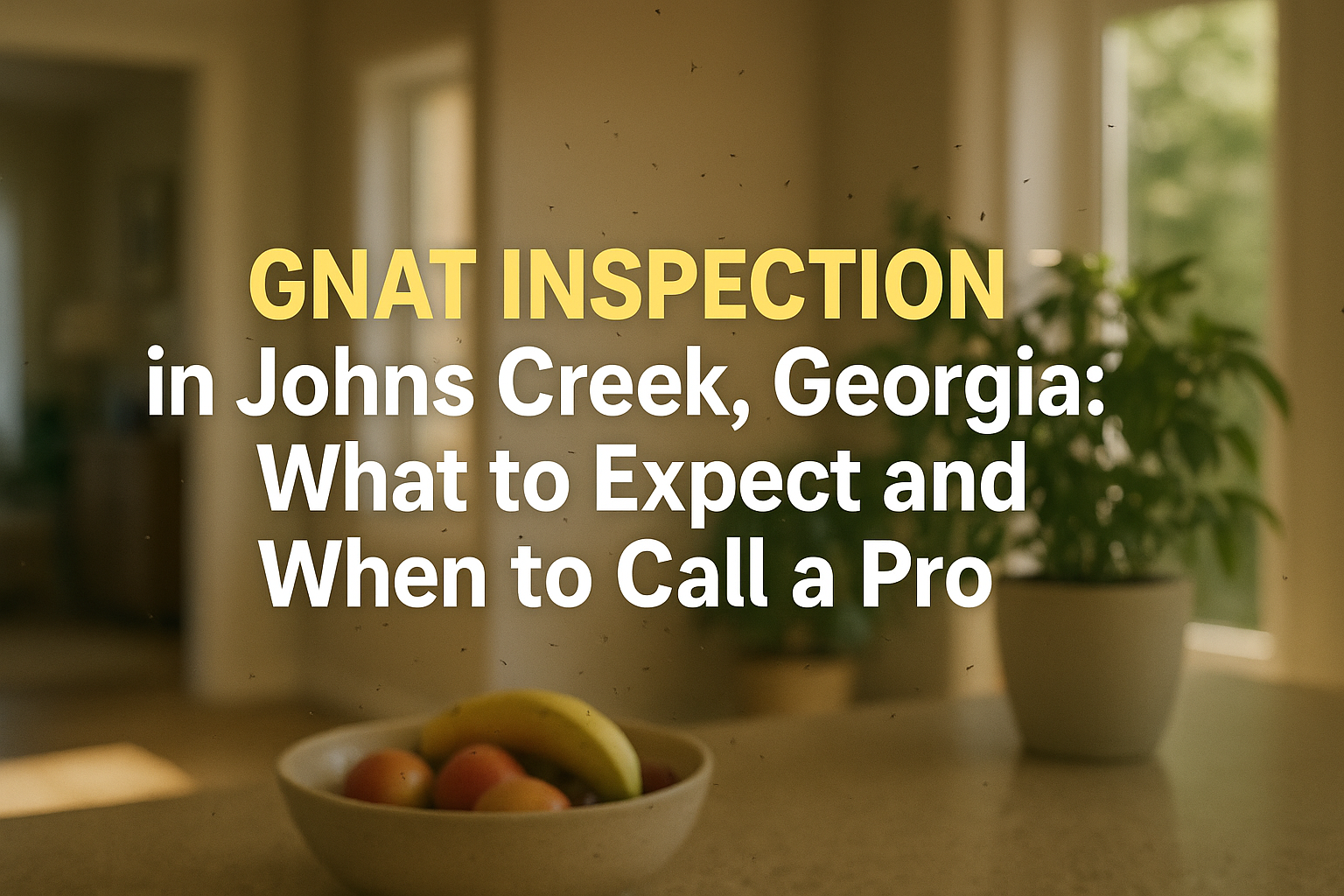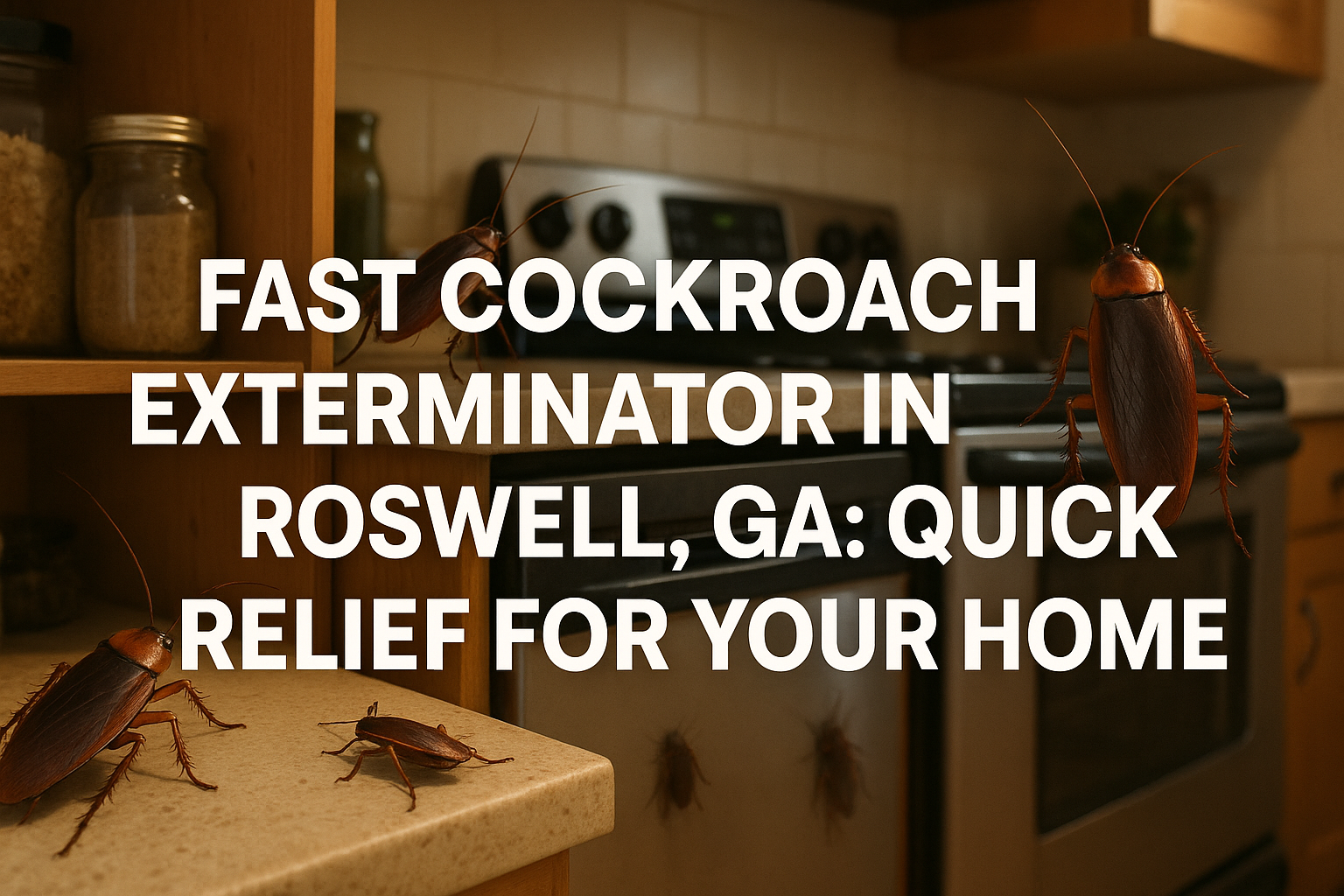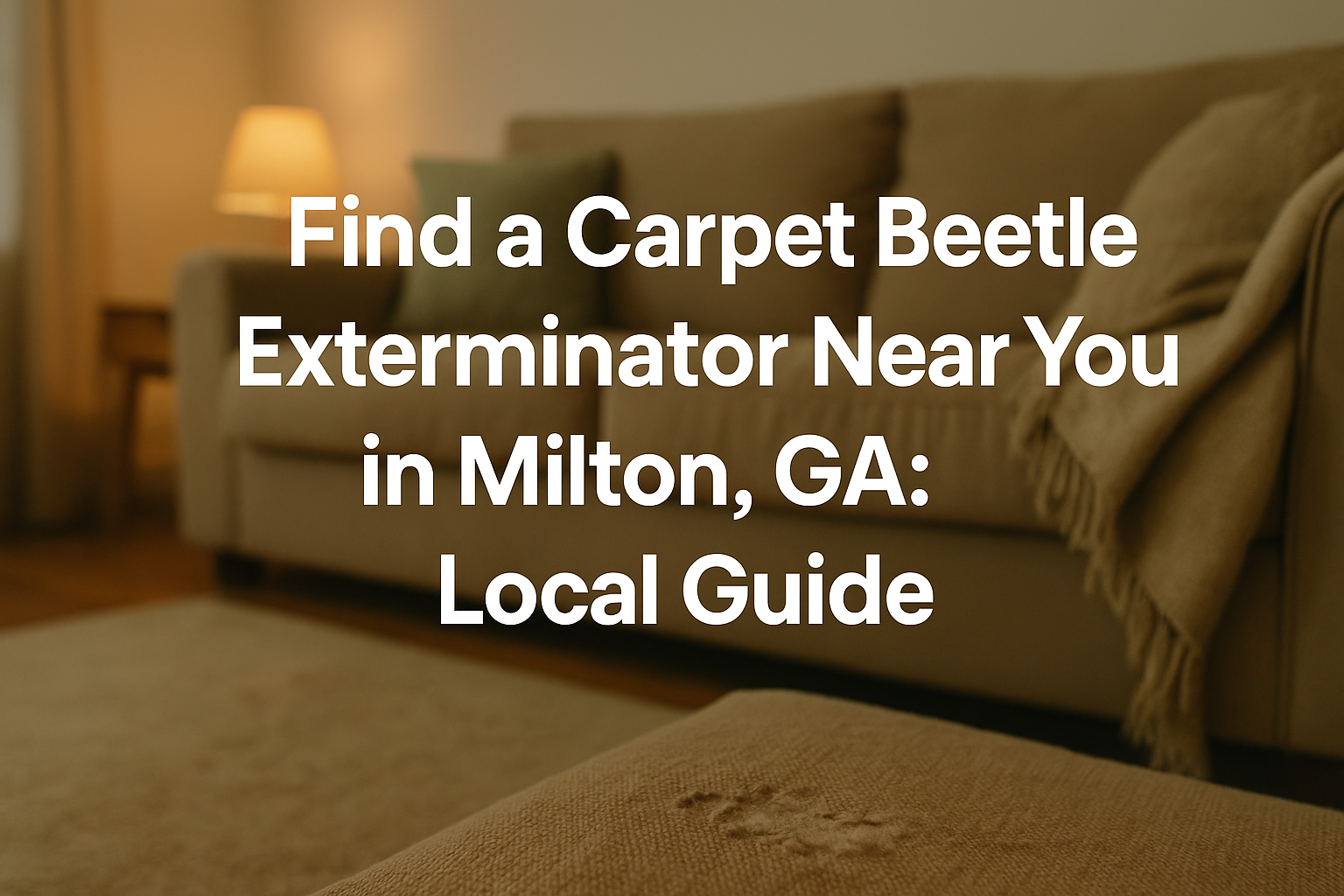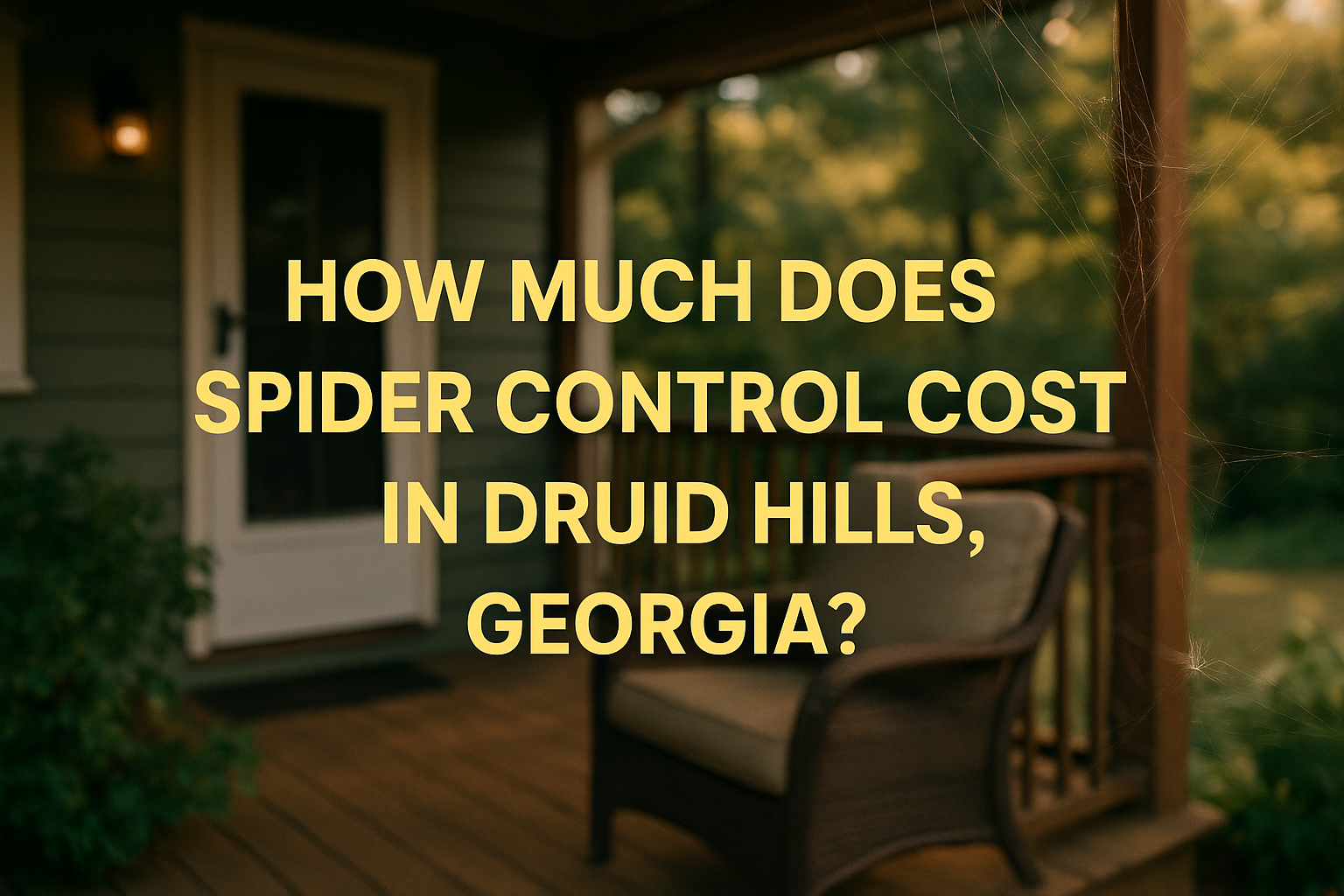Are Centipedes Creeping You Out in Sandy Springs?
You know that feeling when you flip on the basement light and something zips across the floor? More times than not in Sandy Springs, that speedy intruder is a centipede. These little guys love damp, dark corners—think bathrooms, basements, crawl spaces, and garages—so it’s no wonder local homeowners run into them all the time, especially in neighborhoods like Riverside, Dunwoody Panhandle, and North Springs. For lasting relief, many homeowners turn to top rated centipede control Sandy Springs GA to keep their living spaces pest-free.
Centipedes actually help keep some other bugs at bay outside, but nobody wants them scurrying indoors. They can give you a nasty startle, and although rare, their bite can bring a sting and a welt—not exactly the Southern hospitality we want to show off when guests are over.
Here’s the deal: our humid climate and those frequent downpours make Sandy Springs a paradise for centipedes. When spring and summer hit, you can count on a spike in sightings. If you’re finding them inside, it’s time to act—because where there’s one centipede, there are probably more hiding out.
Cost is always a factor, but dealing with centipedes is surprisingly affordable. In Sandy Springs, a one-time professional treatment from top rated centipede control Sandy Springs GA experts typically runs between $100 and $300, depending on infestation level and your home’s size. Prefer peace of mind year-round? Most pest control pros offer monthly plans from $40 to $70 per visit, including pet-safe, family-friendly options that go way beyond the grocery store sprays.
Ignoring the problem can lead to bigger headaches—more centipedes wandering around, not to mention other pests they might attract. If you’re tired of jumping at shadows or feeling like your home isn’t your own, a quick call to a local expert like Anthem Pest Control can make all the difference. Read on to see how treatments compare, what you can expect to pay, and proven ways to protect your home for good.
What Affects the Price of Centipede Control in Sandy Springs?
If you’ve spotted centipedes darting around your home, you’re probably wondering what kind of cost you’re looking at to get rid of them for good. Choosing top rated centipede control Sandy Springs GA isn’t one-size-fits-all – the price depends on a few real-world factors that can make a big difference in your quote.
- Infestation Severity: Are you dealing with the occasional creepy crawler, or is it starting to feel like they’ve moved in for good? A handful of centipedes might just need a quick spray, but bigger—or recurring—problems take more time, more thorough treatments, and sometimes multiple visits. The bigger the invasion, the more you’re likely to pay.
- Home Size & Layout: Larger homes, or properties in neighborhoods like Spalding Lake or Glenridge, often need more product and labor—especially if you have a finished basement or plenty of nooks and crannies. Bigger homes can push that price a bit higher, simply because there’s more ground to cover.
- How Soon You Need Service: If you need someone out right away—say, for same-day or emergency treatment—you might see a bump in your bill. Many pest pros offer flexible scheduling, but fastest service usually comes at a premium compared to routine, scheduled appointments.
- Type of Service: Most companies offer one-time treatments (generally between $100–$300), perfect for isolated centipede problems. But if you want peace of mind all year, top rated centipede control Sandy Springs GA providers usually recommend recurring monthly plans ranging from $40–$70, which cover regular check-ups and prevention.
- Living Habits & Home Conditions: Got a damp basement, wood stacks near your foundation, or mulch and landscaping pressed right up against the house? These can all make centipede problems harder (and sometimes pricier) to solve, since they offer perfect hiding spots.
- Clutter: Garages and basements packed with boxes or storage items? These give centipedes more places to hide, making a treatment more complicated.
The good news: companies like Anthem Pest Control make it transparent and easy to pick a plan that fits your house and your wallet. You won’t be roped into surprise contracts or hidden fees—just honest, up-front pricing and flexible options to match your needs. No matter the size of your centipede headache, there’s a solution (and price point) that’ll work for your Sandy Springs home.
What Affects the Price of Centipede Control in Sandy Springs?
If you’ve spotted centipedes darting around your home, you’re probably wondering what kind of cost you’re looking at to get rid of them for good. Choosing top rated centipede control Sandy Springs GA services isn’t one-size-fits-all – the price depends on a few real-world factors that can make a big difference in your quote.
- Infestation Severity: Are you dealing with the occasional creepy crawler, or is it starting to feel like they’ve moved in for good? A handful of centipedes might just need a quick spray, but bigger—or recurring—problems take more time, more thorough treatments, and sometimes multiple visits. The bigger the invasion, the more you’re likely to pay.
- Home Size & Layout: Larger homes, or properties in neighborhoods like Spalding Lake or Glenridge, often need more product and labor—especially if you have a finished basement or plenty of nooks and crannies. Bigger homes can push that price a bit higher, simply because there’s more ground to cover.
- How Soon You Need Service: If you need someone out right away—say, for same-day or emergency treatment—you might see a bump in your bill. Many pest pros offer flexible scheduling, but fastest service usually comes at a premium compared to routine, scheduled appointments.
- Type of Service: Most companies offer one-time treatments (generally between $100–$300), perfect for isolated centipede problems. But if you want peace of mind all year, top rated centipede control Sandy Springs GA services usually provide recurring monthly plans ranging from $40–$70, which cover regular check-ups and prevention.
- Living Habits & Home Conditions: Got a damp basement, wood stacks near your foundation, or mulch and landscaping pressed right up against the house? These can all make centipede problems harder (and sometimes pricier) to solve, since they offer perfect hiding spots.
- Clutter: Garages and basements packed with boxes or storage items? These give centipedes more places to hide, making a treatment more complicated.
The good news: companies like Anthem Pest Control make it transparent and easy to pick a plan that fits your house and your wallet. You won’t be roped into surprise contracts or hidden fees—just honest, up-front pricing and flexible options to match your needs. No matter the size of your centipede headache, there’s a solution (and price point) that’ll work for your Sandy Springs home.
Why Sandy Springs Homes See So Many Centipedes
If you’ve spotted a centipede scurrying across your floor in Sandy Springs, you’re not alone. There’s a reason this area seems to draw them in: our climate, the way many homes are built, and even some local landscaping habits.
Sandy Springs’ humid, subtropical weather is a big part of the story. When the summer air gets thick or those afternoon storms roll in, centipedes love it. Moisture gathers in basements, under decks, around crawlspaces, and especially in older neighborhoods like Huntcliff and Mount Vernon Woods. These places are practically a centipede’s dream – cool, damp hides with plenty of easy entry points if your foundation or pipes have a few years under their belt.
Older homes carry a bit of extra risk. Over time, bricks and concrete get a little more porous, pipes may leak or sweat, and some of those classic layouts provide plenty of quiet corners for centipedes to tuck away. You might not have noticed the small cracks or the gaps behind baseboards, but centipedes will find them every time.
Even if you’re in a newer house—maybe in Chastain Park—you’re not completely out of the woods. These places often have better materials and drainage, but, truth be told, professional design can only do so much if the yard isn’t taken care of. Let mulch pile up right against the foundation, or allow landscaping to get overgrown, and you’re basically putting out a welcome mat for bugs trying to escape the heat or rain.
Our local soil—a thick, clay-based mix—holds moisture that centipedes crave. And the Chattahoochee River doesn’t help, making things even more humid and creating cool pockets where bugs hang out. If you’ve got garden beds packed tight with mulch or plants right by your walls, you probably see more indoor invaders than you’d like.
All these quirks mean that not every Sandy Springs home needs the same treatment. Where you live, how old your house is, and even how you landscape out front will all play into the plan your pest pro recommends. Sometimes that might mean targeted treatments in certain rooms, sealing up overlooked cracks, or adjusting outdoor habits to keep things drier and less welcoming for those leggy guests. It’s all about zeroing in on what’s unique to your property so you get real results—not just a quick fix.
Easy Ways to Lower Centipede Problems (and Costs) in Your Sandy Springs Home
You probably don’t want to see a centipede scuttling across your floor at night. Good news: keeping them away doesn’t have to be hard—or expensive. Local homes, especially older ones in neighborhoods like Riverside or Glenridge, might need a little extra attention, but anyone can make these cost-saving tweaks part of their routine.
- Start with Water Control: Centipedes love damp places. Check for leaky pipes and faucets, especially under sinks and basements. Grab a dehumidifier if your basement always feels clammy, and don’t forget to clear out those air vents for some good, dry airflow.
- Close Up the Gaps: Weather might be rough on your doors, windows, and foundation. Give them a once-over, sealing up any cracks or gaps with caulk or weather-stripping. In Sandy Springs’ older houses, this simple fix can make a big difference.
- Clear Up Yard Clutter: Centipedes often come from outside. Rake away those soggy leaves, move stacked firewood off the ground and away from the house, and pick up anything that sits right next to your foundation. Less clutter, fewer hiding spots—and less food.
- Cut Down on Other Bugs: Centipedes are hunters, so if you cut out their food (like ants, beetles, and spiders), they’ll have less reason to move in. Regular pest control treatments, even DIY ones, help keep the feast away.
- Make Inspections a Habit: Twice a year—especially before and after “centipede season” (spring into late summer)—have your home looked at by a pro. They’ll spot trouble before it’s a problem and help you keep costs down with early fixes.
It’s the little things that really add up, and most don’t cost much (some are free!). Ready to compare your habits with the pros? Check out our simple home checklist next and see how you stack up.
Timing Is Everything for Centipede Control in Sandy Springs
If you’ve lived in Sandy Springs for a while, you’ve probably noticed centipedes tend to make an appearance as the weather warms up. From late spring through early fall—especially right after those classic Georgia rainstorms—you’ll see these pests moving indoors in search of food and shelter. This is the peak season when both homeowners and pest control companies are busiest dealing with sudden surges of centipede activity.
Here’s the thing: waiting until you spot a centipede crawling across your kitchen floor isn’t always the most cost-effective approach. If you get ahead of the game and book your treatments with top rated centipede control Sandy Springs GA early in the season—typically between April and early June—you’ll cut down the chances of a full-on infestation before it has a chance to get started. Better yet, you might catch some early-season promotions or better pricing, since most folks wait until the problem really ramps up.
- Spring proactive treatments: Keep pest numbers low from the start, making your home less attractive to centipedes and all their favorite food sources.
- Monthly maintenance: Regular service plans keep things under control year-round—even when the rain comes and pests try to move inside.
- After heavy rain: This is prime time for centipede break-ins, as all that moisture flushes breeders out of the soil and into your home. Quick action after storms can save you headaches and extra costs down the line.
Most Sandy Springs pest control experts—including Anthem Pest Control—recommend reaching out for a professional inspection as soon as the weather starts warming up. This makes sure you’re protected before centipedes hit their stride and while options for service times are wide open. Think of it like getting your lawn prepped before the weeds take over—a little effort early means less trouble (and lower costs) as the season goes on.
If you’re curious about the best times or wondering how to set up a preventive service tailored to your neighborhood, just reach out to a local pest pro. They’ll help you schedule a visit, answer all your questions, and give you peace of mind so creepy crawlies stay out of your home year-round.
Don’t Let Centipedes Take Over – Get Peace of Mind Today
If you’ve spotted centipedes crawling around your Sandy Springs home, it’s time to put your worries to rest. Anthem Pest Control is here to help you figure out what’s really going on—quickly and without any pressure. Our free, no-obligation property assessment takes the guesswork out of the equation and helps you see how surprisingly affordable expert centipede control can be.
We’re local, transparent, and keep things simple: clear pricing, flexible plans, and no long-term contracts that lock you in. Need help fast? We offer same-day scheduling because we know you want those critters gone ASAP.
Ready to take the next step? Just call 877-3718-5196 or visit our website to get your free, local quote. Take back your home and feel confident that Anthem Pest Control has you covered—no strings attached.
Centipede Control FAQ for Sandy Springs Homeowners
Got centipedes making themselves at home in your place? You’re not alone—plenty of Sandy Springs folks deal with these fast-moving little critters. Here are honest answers to the questions we hear most:
- How do I know if I have a centipede problem?
Spotting centipedes more than once or twice a month, especially in damp, shadowy rooms like basements or bathrooms, is a red flag. They love moisture. If you keep bumping into them, it’s worth acting on. - Are centipedes really dangerous?
Most types around Sandy Springs are more unsettling than harmful. They won’t go after you or your pets, though some of the bigger ones can give a mild, bee-sting-like bite if picked up or handled. For the most part, centipedes prefer to stay out of your way. - How long does a professional treatment last?
Anthem Pest’s centipede treatments are made to be tough on bugs, gentle on pets, and go the distance. You should get about a month of solid relief per treatment, and monthly plans keep centipedes in check for good. - What if I need to cancel my service?
No need to worry—companies like Anthem Pest Control won’t lock you into a contract. If life changes or you want to switch up your plan, you can cancel anytime, no penalty and no fuss. - When will I see fewer centipedes?
You can breathe easier fast—most clients notice a big difference within 24 hours after professional service. - Can I just use a store-bought spray?
A can of bug spray might slow down a tiny problem, but it often only scratches the surface. Professionals don’t just spray—they find out why centipedes are coming in, like hidden leaks or cracks, and solve the problem at its root. - When’s the best time for prevention?
Don’t wait to see them running across the floor. The smart move is to schedule preventive treatments in early spring or summer, or right after heavy rain, when centipedes love to find new hiding places indoors. - Any tips for keeping centipedes out?
For practical, local prevention ideas—straight from the pros—check out Anthem Pest Control’s centipede prevention guide.
Still have questions, or seeing centipedes pop up? Don’t sweat it—reach out to a friendly Sandy Springs pest pro, and let’s put those bugs in their place.

